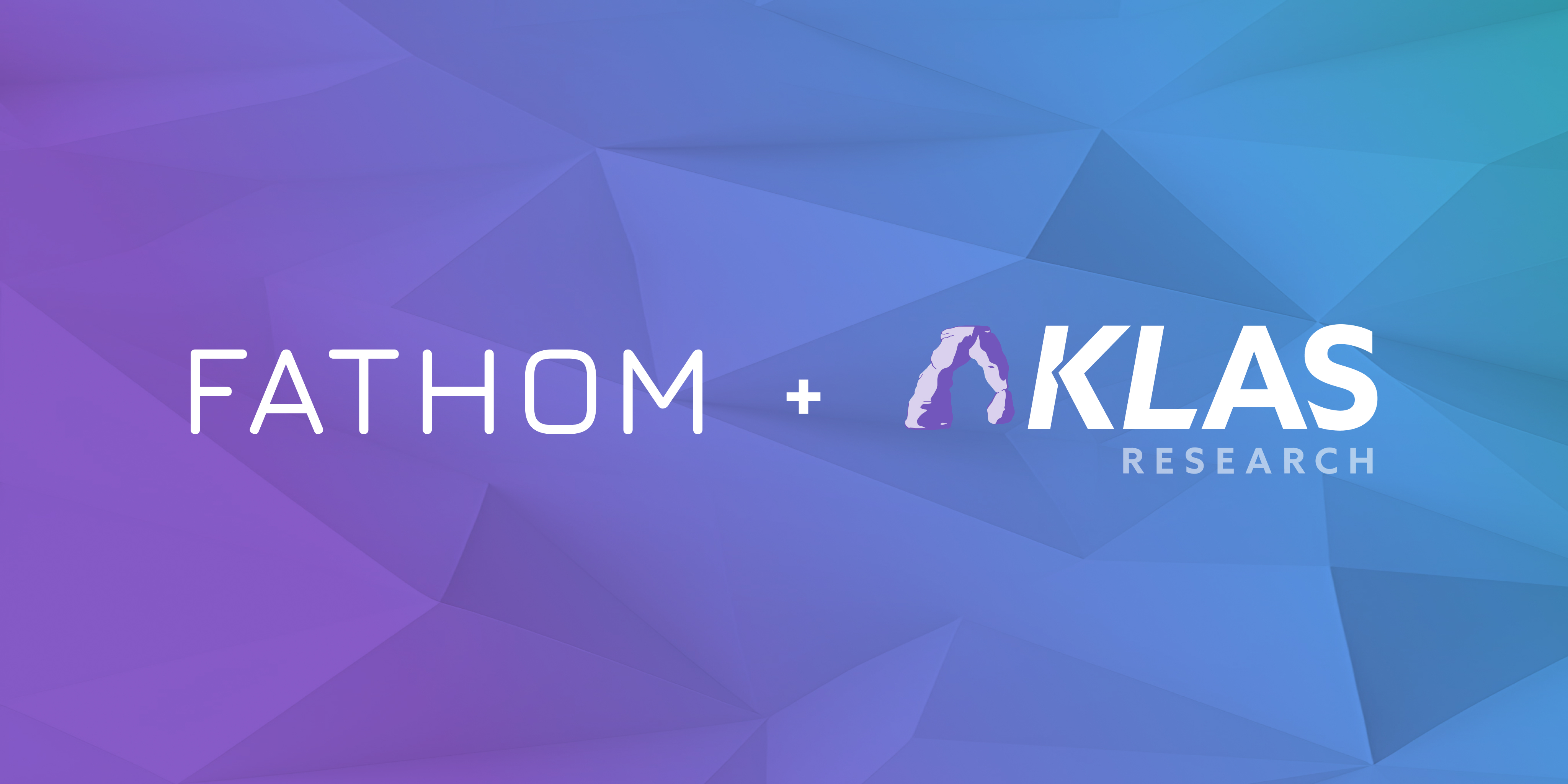Internal medical coders, vendors, or intelligent automation?

Whenever discussing domestic vs. off-shore medical coding, two questions naturally arise. What does “domestic” really mean? And how much offshoring is occurring? Estimates are likely low since regulators do not require disclosure of subcontracted offshore coders, though individual contracts may.
Acknowledging the people and servers that have personal health information access is increasingly important. The Google-Ascension partnership and other data-sharing arrangements highlight the myriad downstream reuses of encounter data, concerns that transcend provider/Business Associate relationships. California’s new privacy laws likewise underscore an increasingly complex legal landscape.
Even if a provider contracts with a third-party coding firm, that provider is still legally at risk relative to coders’ work environments, including physical, hardware and software security safeguards.
Best practices for outsourced coding
Important considerations for outsourced coding include management and oversight; training and staff allocation; physical and digital privacy and security, including regulatory compliance; risk management; and of course, credentials and cost.
To consider remote coding requires technology infrastructure for document transmission, policies and procedures, including US-hosted applications for coding.
Many experts cite direct involvement of revenue cycle executives as a critical success factor, holding vendors accountable for individual [that should be mandated in the contract] and aggregate metrics.
And, of course, clients should always have final say on the coders who serve their account, though any shared coder logins, while unacceptable if/as discovered, make such approval a moot point.
True costs of outsourced coding
The costs of onboarding staff time, cycle time and training materials is often overlooked, even when computer-assisted coding (CAC) platforms are used. In addition, direct costs must be weighed against third party auditing, time to rework rejected or denied claims, and reimbursement “left on the table.”
Security & privacy transcend borders
Even if a foreign company has only US employees and servers “touching” US records, the provider’s control over retransmission and ability to retrieve any hacked data is arguably reduced if the vendor has any offshore servers or employees performing work on behalf of other clients.
HIPAA-compliant formats for data, records, and images transmitted to any firm or coder based outside the US must be maintained at every point in storage and transmission, in transit and at rest, with no data stored or saved on offshore servers. Even though compliance is the standard in coding service contracts, being outside of the jurisdiction of the US government means that while offshore vendors can be contractually obligated to report HIPAA breaches, they may not be legally required to do so. In addition, US jurisdiction over such vendors has not been established. As a result, there is potential for the US entity who contracted the foreign vendor to be held responsible for any downstream HIPAA violations.
In addition to maintaining HIPAA-compliant data formats, coders and their workplaces must be compliant as well. These require proof that the physical workplace is secure; coders have passed privacy and security training; and each coder is using compliant software in physically-safeguarded hardware, including safeguards such as the inability to print the screen.
Providers are also in essence presuming that the person who coded the records is the one who signed the Workplace Physical Safeguards and HIPAA Compliance Acknowledgements, and the Business Associate Agreement. The more documentation that can be submitted to this effect, the better.
Training affects coding speed & accuracy
Most US-based coding companies employ only credentialed coders. International coding companies may employ various clinicians and coders who may not hold US credentials. These ex-US coders may not be well-trained in chart interpretation from the US billing standpoint, which limits their ability to self-sufficiently parse medical records accurately.
Undercoding is also a major concern. Coders may be overly conservative because they are unsure as to which subcategories, subclassifications, and modifiers fit the clinical context. They may also lack familiarity with emerging or experimental procedures, or elect not to query the clinician for clarification, possibly in the name of productivity metrics. In any of these scenarios, undercoding is the likely result.
Leveraging offshore vendors may entail blended models
If using offshore vendors, a single, centralized office is obviously preferred. That mitigates some HIPAA/OCR concerns around coder identity and premise/system safeguards, while also improving the likely quality of coder training and oversight.
In a blended model, domestic and international coding partners work together for 24/7 coverage. For health systems that want to retain domestic coding capacity, a blended model may approach the best of both worlds, with proper oversight.
However, overnight coding capacity generates questions that require real-time resolution from experienced US coders, to avoid rework, denials, and unnecessary downcoding.
Medical coding automation: the third option
With the downsides to both internal staffing and outsourcing, is there a third option? With medical coding automation, time zones and locations do not affect the system’s accuracy, and staff identity and workplace safeguards are not a concern.
If you’re considering outsourced coding for the first time, or modifying the mix of resources that you use, you may consider having AI code as many charts as possible, leaving the remaining charts for humans. If you are looking to add capacity and scale to your coding operations, this is a great option to code higher volumes in a shorter time frame without having to add labor. Even if you don’t need to scale, you can always reduce costs. Using AI to code reduces headcount as well as the administrative burden on your staff.
Fathom’s deep learning platform is self-adapting to specific provider and payer considerations. Thus, over time, it passes fewer charts to human coders and processes ever more claims with ever more speed and quality. In turn, this “higher-quality” coding provides optimal reimbursement (e.g. avoiding undercoding and allowing timely clinical clarifications), as well as the potential for data mining that can generate incremental revenues.
We welcome your questions and are happy to show you how it works.
Related Posts
Stay up to date
Get the latest in industry news and insights delivered straight to your inbox.







